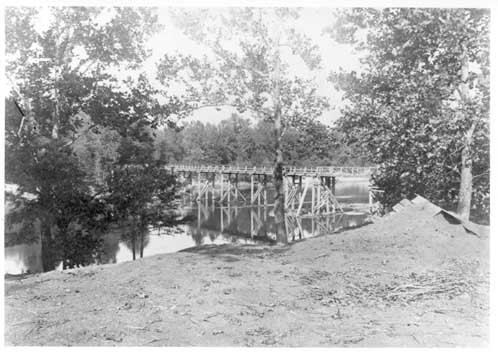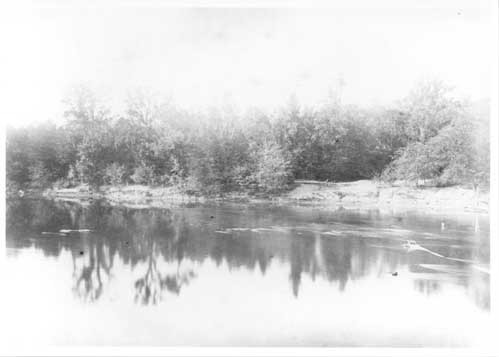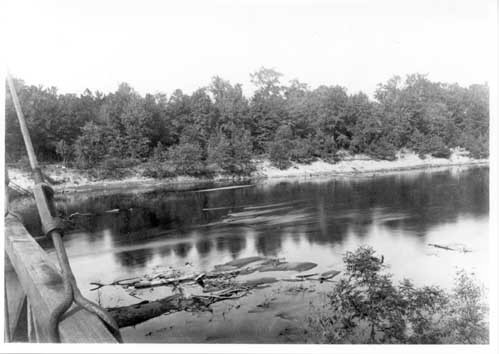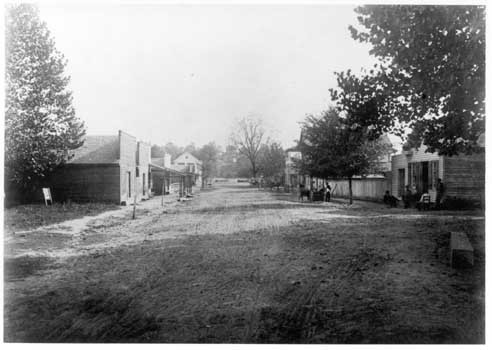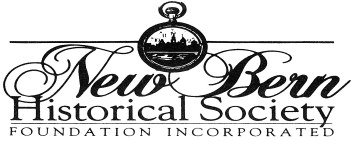
[White Hall Visit, continued]
We were shown the places where many of the killed had been buried, and were told that since the war all the bodies had been removed,--he supposed to the Federal Cemetery at New Berne,-with the exception of one whose name or regiment was unknown, and a house having been built over the soldier's last resting-place, the body could not be disinterred. Walking out on the bridge (569)
we took a view of the bank opposite our position (572),
and then of the spot where the Confederate gunboat was built (571).
The place had changed greatly. The south bank is now thickly studded with young trees, so that it is difficult to find a place from which the river can be seen. The half-dozen buildings which formed the town of Whitehall, and in 1862 were burned when we left, have been replaced by some twenty or thirty, among them a church, hotel, and saw-mill. About half a mile west of the main street is a hotel for summer guests near some springs which have been found to possess medicinal properties. There are seven of them, and the name "Whitehall" has [p. 226] been discarded, the place now being known as "Seven Springs." The main street of the town extends to about where Newcomb and Slocum were killed (573), which at the time of our first visit was an open field. A gentleman pointed out a tree in his garden under which they had been buried.
After luncheon we drove over the bridge
on our way to La Grange, where we were to take the train for New Berne. Four
miles an hour appears to be the maximum rate of driving in North Carolina, and
it was 5.30 P.M. when we stepped on the platform of the railway station at that
place.
At half-past six the train from
Goldsboro' arrived, and glad enough we were to get on board. We frankly stated
to those we met the object of our trip, and the greatest cordiality was shown
us. On this train we had the pleasure of meeting Captain Carroway. He had been
in the Confederate cavalry, and while the Forty-fourth was in the department,
commanded the pickets on the north side of the Neuse, with headquarters at or
near Street's Ferry. McIntire remembered, when detailed on a flag-of-truce boat
to carry some refugees up the river, having seen him near that place. Captain
Carroway stated that for a long time he belonged to the "unreconciled," but at
last realized that it was no use "kicking against the pricks." Now, he says, he
can see that the war had its good results; that the people of both sections are
becoming better acquainted, are discovering good points in each other that they
knew not of before, and that their minds are being gradually cleared of
prejudices. For his part he "was right glad to see us." He got off at Kinston,
expressing a wish that he might be able to be of service.
Previous Page: White Hall Visit
Next Page: New Bern Visit
Images scanned and text prepared by Victor T. Jones, Jr.
This page last edited on 21 Aug 18.
